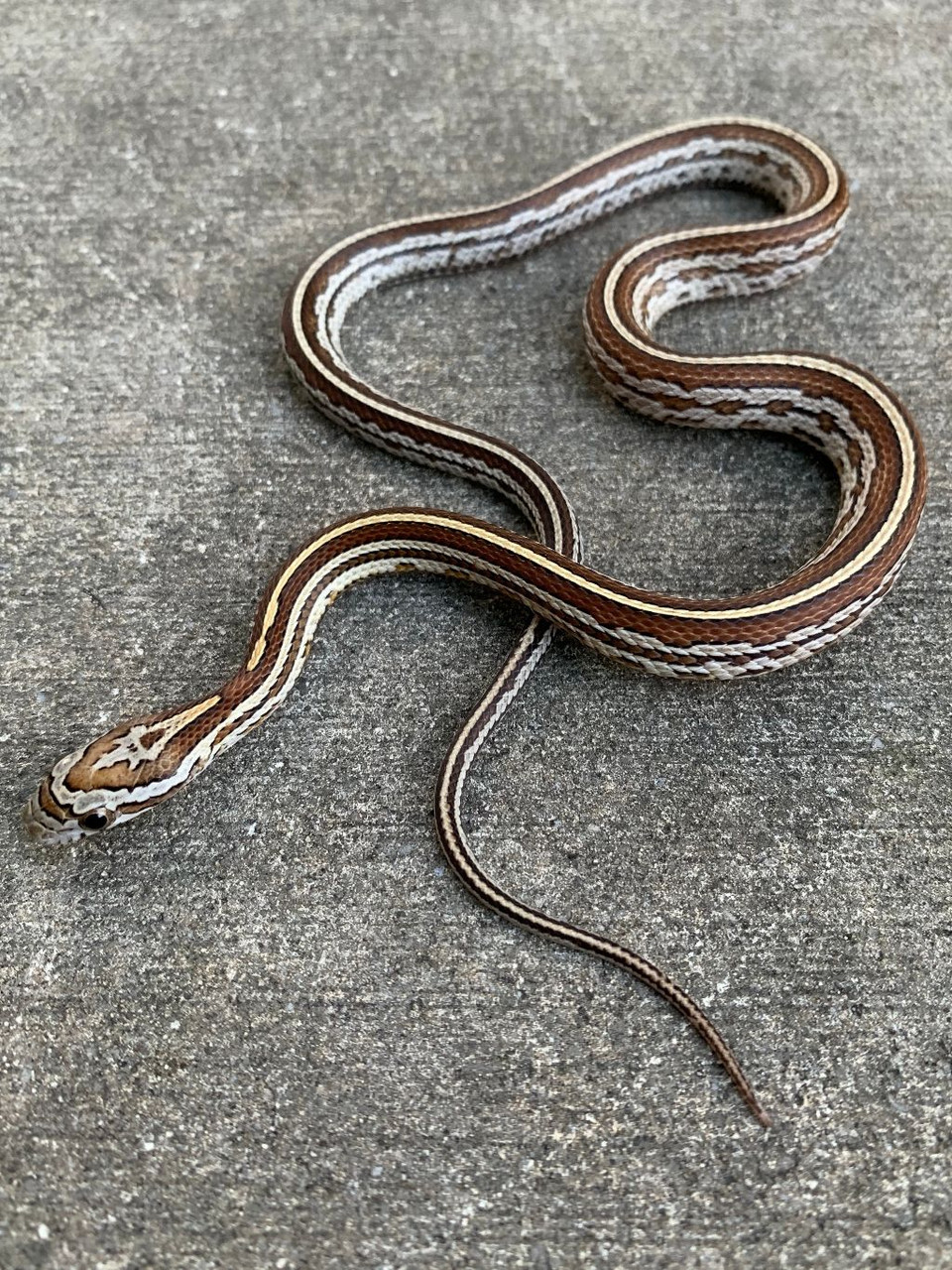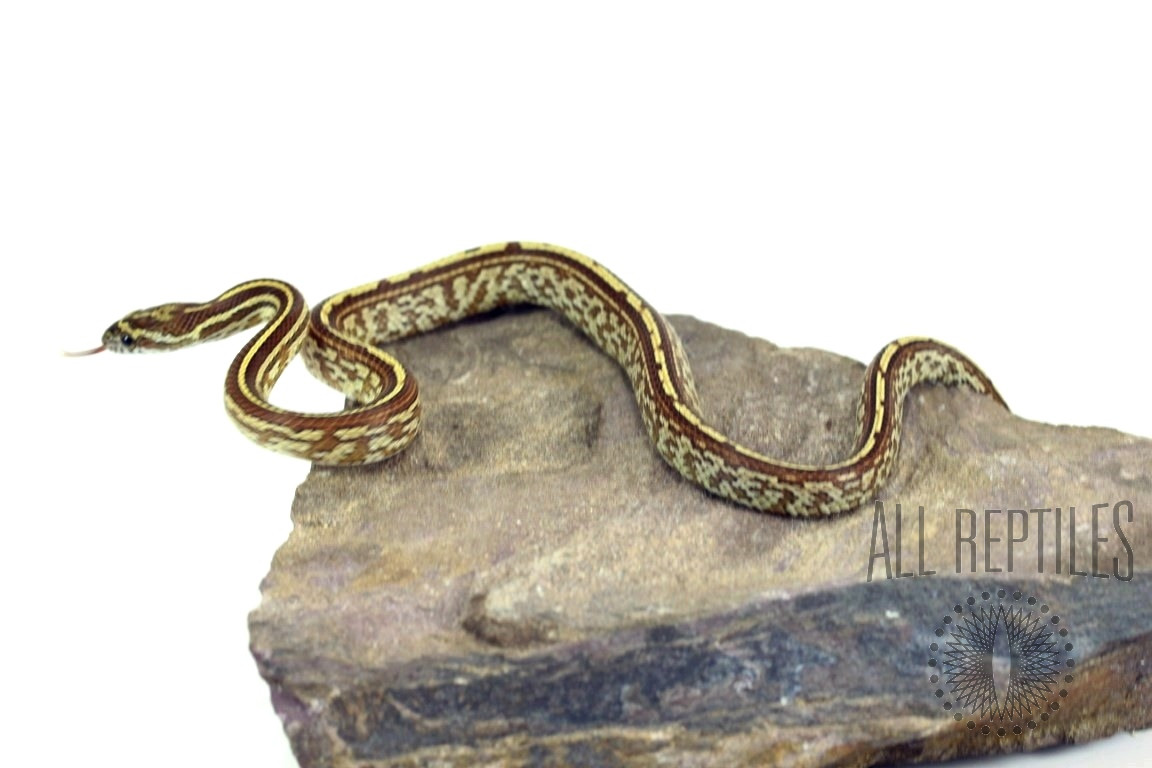

$50 – $70 21 Normal Reddish-brown blotches on light brown or gray. $70 7 Motley Dark lines down their spine and belly scales with dashed lateral blotching. $75 1 Miami Phase Silver base color with burnt-orange blotches. $80 29 Lavender Pink base color and lavender blotching. $70 11 Jungle An unpredictable codominant morph. $50 8 Hypomelanistic Vibrant combinations of light reds, whites, oranges and yellows. $140 33 Ghost Pale gray base color with a muted color. $30 12 Fluorescent Orange Vibrant orange with dark red splotches and white margins. $30 23 Florida Tan-orange base color with reddish-orange blotches. $70 32 Eastern Tan or brown and reddish-orange dorsal and lateral blotches. $70 19 Crimson High color contrast snakes with a dazzling crimson color scheme. $130 22 Creamsicle A yellow base with dark yellow-orange blotches. $40 18 Coral Snow Light pink and peachy-orange blotchings with a white faded belly. $50 15 Caramel Yellow-brown base with caramel, light brown or rich chocolate dorsal and lateral blotches. $70 24 Candy Cane High contrast of red and white. $200 13 Butter A bright yellow snake with red eyes. $250 37 Blue Bluish-gray with darker gray blotches. $70 10 Blood Red Pied-Sided Deep red with some faint patterning and a white belly. $150 9 Blood Red Vibrant red with faint or no patterning and a white belly. $100 5 Blizzard Completely white with red eyes. $100 36 Black Dark gray with charcoal blotching outlined by black margins. $70 35 Anerythristic B The same as Anerythristic A morphs but they not develop yellow coloring with age. $50 – $75 25 Anerythristic A Pale gray with dark gray blotching and black margins. The most popular colors are Lavender, Snow and Black: Morph Color Price Rank Amelanistic Low contrast red with yellows and oranges. Color morphs are typically more popular than pattern variations. Many corn snake morphs are selectively bred. South Carolina and Florida have many natural corn snakes. Some of these morphs are naturally occurring mutations. There are thousands of options and here at Tyron's Corns and Colubrids we want them all.Corn snakes were some of the first snakes bred in captivity for color variation – there are now 830 documented morphs.
#CARAMEL TESSERA CORN SNAKE HOW TO#
Genetics is a vast topic but once you understand the basics it will all fall into place and you will start to understand how the different colour and pattern mutations were created and how to create your own. You might be surprised how interesting researching snakes can be. Have a look at my collection descriptions above for differet morphs available in all the trait catagories I keep for example.ĭo a lot of research about the snake you want to keep. There are single traits, double traits, triple traits and quad traits and so it goes for each extra morph added to a single animal. Corn snakes have many trait groups up to date. Traits are basically the amount of individual genes in a snake. Once you understand the different categories of genes, then we can talk about traits. You can find a link to the calculator on my corn snake care page. The best calculator for corn snakes is on Ians Vivarium. There are many morph calculators available on the internet to assist with your breeding plans. If you breed one tessera with a normal, half of the babies will hatch out tessera and the other half will be normal looking, however the normal babies in this instance will not carry the “tessera” gene and therefore are not hets. If you breed one tessera with another one tessera, all the babies will hatch out as tessera. An example of a dominant gene is the tessera corn snake. This means that the babies cannot carry a hidden portion of the gene in their DNA. Dominant genes cannot have “ het” babies.


This means that the baby is carrying a portion of the gene in its DNA.Ī dominant gene works very different from a recessive gene. “het” is a shortened word for heterozygous. These babies are therefore called “ het” for albino. If we breed one albino to one normal, all the babies will hatch out normal looking but they will all carry the albino gene. If we breed two albinos together, all the babies will hatch out as albinos. Lets take the most common recessive gene, the Amelanistic (Albino). Recessive genes are genes that get carried on in the parents offspring. First we need to understand some terminology. There are different names for these colours and we will be discussing some of the basics. The colours are represented by names depending on the combination of the colours. Corn snakes come in a variety of colour mutations which include white, orange, green, brown, grey, pink, peach, yellow, purple and many more. When dealing with corn snakes, there are many different colour mutations and patterns, we call these “paint jobs”.


 0 kommentar(er)
0 kommentar(er)
